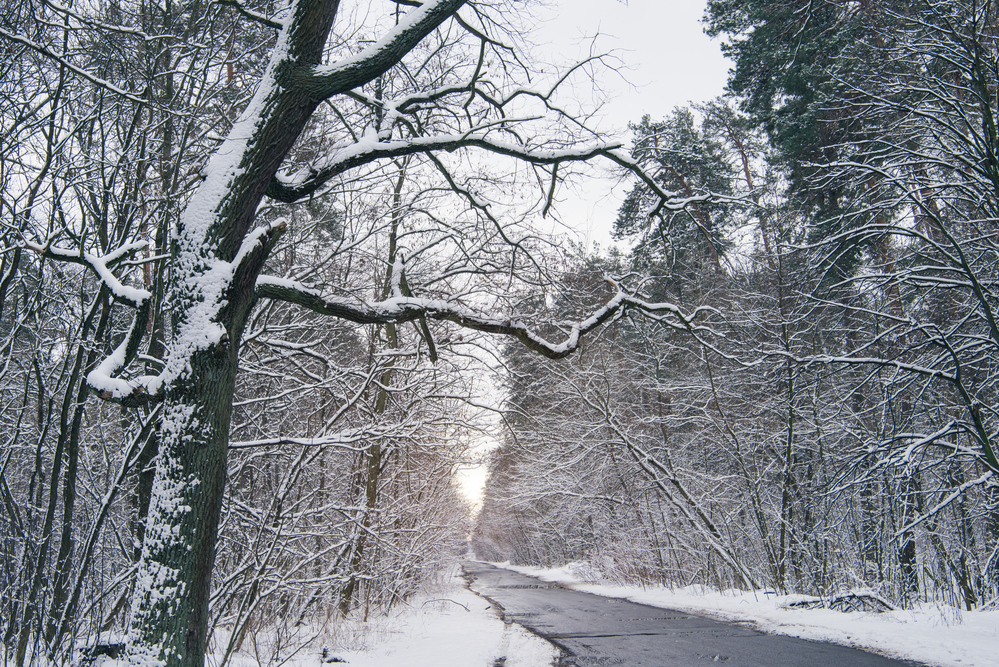You may love the frosty, snowy winters we get here in northern Utah, but the cold weather months are no friend to your concrete. Damage is quite likely, and you may see cracked, settled or sunken slabs on your property once spring arrives.
Why is this? How does winter weather cause concrete damage? Find answers below, along with expert advice from the Lift Right Concrete team on what you can do about the problem.

Concrete looks solid, but it’s actually quite porous. So, when rain or snow falls, water gets inside.
The issue here is that water expands when it freezes – and in Utah, we get many frosty winter days. Anytime the temperature drops below freezing, the water trapped inside your concrete freezes. The resulting expansion stresses the slabs from within, which compromises their structural integrity. Then, when it warms up outside, the water melts, and the concrete can crack and flake.
With repeated cycles of freezing and thawing, concrete damage becomes increasingly more likely.
In the winter, many people reach for deicing salts when they need to clear their steps, sidewalks and driveways of ice. And while salt-based deicers work quite well, these products can cause significant concrete damage over time.
How so? The chemicals deicing salts contain interact with concrete and make it more vulnerable to water penetration. Slush and melting ice have an easier time seeping inside -- and the more water that gets into a slab, the greater the likelihood of concrete damage due to the aforementioned repeated freezing and thawing.
No one can control the temperature or the weather, which means you can’t completely prevent concrete damage. You can, however, take steps to limit how much of an effect the winter months have on your slabs.
Applying a sealer that bonds to concrete can provide you with some protection. Penetrating sealants help block water from getting inside, and treated slabs are less susceptible to winter-related damage.
In addition, you’d be wise to avoid using deicing salts. Sand, sawdust, gravel or ashes from the fireplace can provide traction, or look for an organic, salt-free deicer. If you must use a salt-based deicer, only apply a small amount, and don’t let softened ice or slush sit on the slab – clear if away as soon as it melts.
If you end up with concrete damage in the spring, schedule repair as soon as possible. Cracked, settled and sunken slabs can develop additional damage as time goes on, and addressing the problem promptly can help keep your concrete repair costs low.
For a fast, effective and affordable fix, call on the professional team at Lift Right Concrete. Using the mudjacking technique, we can lift and restore damaged slabs – and mudjacking costs less than other repair options.
To learn more about concrete damage or our mudjacking repair service, or to schedule a free, no-obligation consultation with the Lift Right Concrete team, contact our Grantsville or West Jordan, Utah, office today.